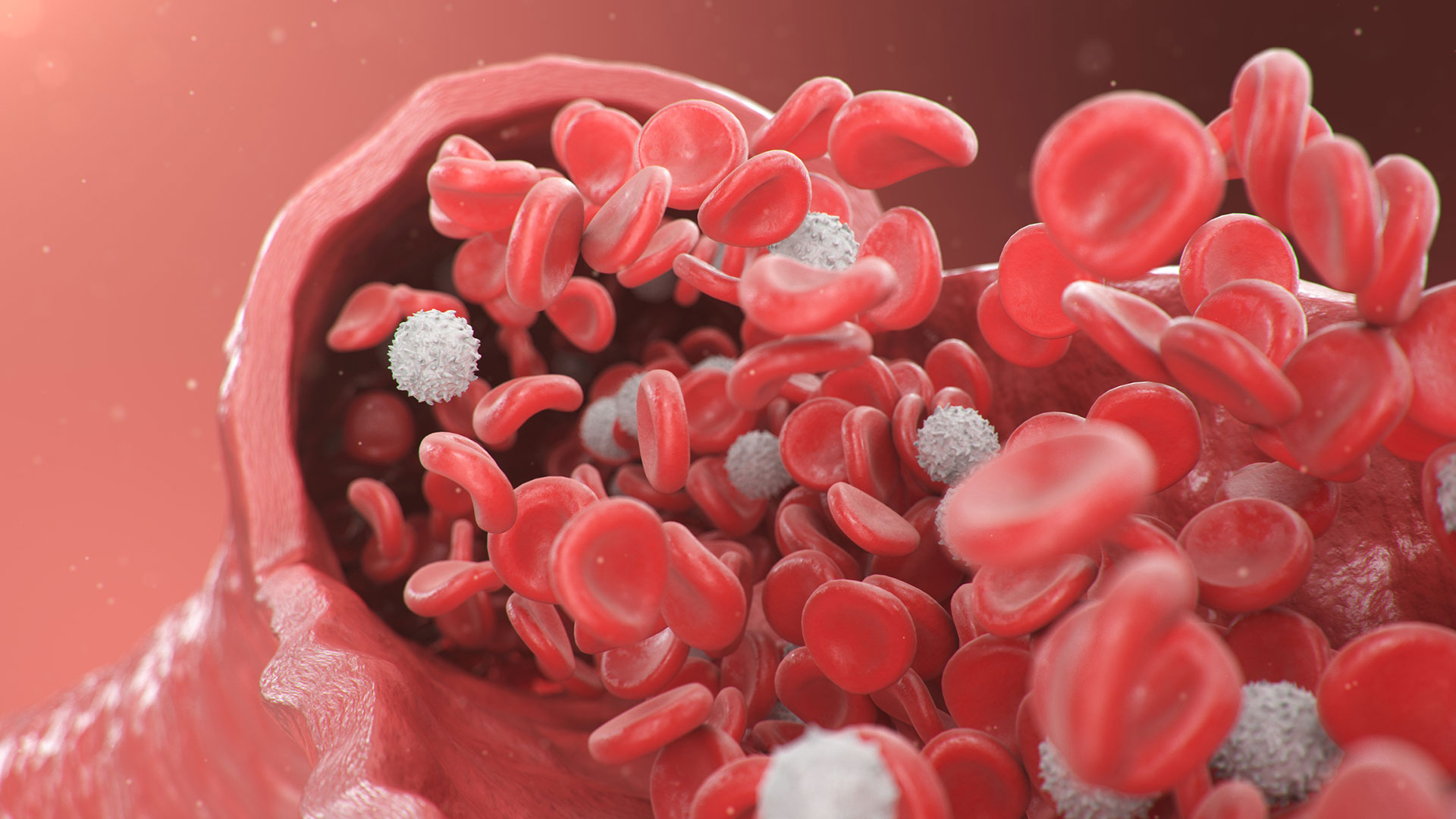
Aortic Aneurysm
Introduction
An aortic aneurysm is a condition that results from the swelling of a weakened wall in the aorta. The aorta is the largest artery in your body. It branches off your heart and distributes blood throughout your body and organs. An aortic aneurysm may enlarge and burst. Emergency medical treatment and surgery is necessary for a ruptured aneurysm. If left untreated, an aortic aneurysm can cause massive internal bleeding and death.
Anatomy
The aorta is the largest blood vessel in your body. It carries oxygenated blood from the left ventricle of your heart. The aortic valve prevents the backflow of blood between heartbeats.
The aorta extends upwards from the heart, arches, and travels downward through the chest and into the abdomen. These sections of the aorta are called the ascending aorta, aortic arch, descending thoracic aorta, and the abdominal aorta.
Causes
The exact cause of aortic aneurysm is unknown. There appear to be several risk factors that may contribute to the development of aortic aneurysm. Aortic aneurysms occur most frequently in the abdomen below the kidneys in the abdominal aorta or in the chest area in the thoracic aorta.
Symptoms
Aortic aneurysms may develop over several years and may initially have no symptoms. The chance of an aortic aneurysm rupturing depends on its size. Larger aneurysms are more likely to rupture. You should call emergency services or go to a hospital emergency department immediately if you suspect that you have a ruptured aneurysm. Symptoms may develop suddenly when the aneurysm expands, ruptures, or leaks blood. A thoracic aortic aneurysm can cause severe, "tearing," and sudden chest or back pain.
Symptoms of an abdominal aortic aneurysm include severe sudden pain in the abdomen or back. Your pain may be constant and spread to your buttocks, groin area, and legs. Your legs may feel numb and sense a pulsating in your abdomen. You may feel an abdominal mass or experience abdominal rigidity. Your heart may beat rapidly when you move from a sitting to a standing position. The skin may feel clammy and you may have nausea, vomiting, and shock.
Diagnosis
Your doctor can begin to diagnose an aortic aneurysm through a series of examinations and tests. A series of tests may be ordered to evaluate your heart structure and functioning. Common tests include echocardiogram and coronary angiography. An echocardiogram uses sound waves to produce an image of the heart. A dye and X-ray are used to show an image of the heart with a coronary angiography. A coronary angiography may be done with a heart catheterization. Heart catheterization involves inserting a long narrow tube through a blood vessel and into the heart to see how the heart and coronary arteries are working. The heart structures may also be viewed with imaging scans, including computed tomography (CT), ultrasound, and magnetic resonance imaging (MRI).
Treatment
Aortic aneurysms that are small and do not cause symptoms are monitored regularly. Aortic aneurysms that are large or that cause symptoms are treated surgically. The type of surgery depends on your aneurysm’s location and size.
A traditional open repair involves surgically removing the damaged portion of the aorta and replacing it with a synthetic graft. Another type called endovascular stent grafting involves placing a graft through a catheter that is placed through your groin area. This type of surgery is less invasive and associated with quicker recovery times.
Prevention
You may be able to prevent an aortic aneurysm by reducing the risk factors under your control. Keep your heart and blood vessels healthy. Do not smoke, eat a healthy well-balanced diet, exercise, and maintain a healthy weight, blood pressure, and cholesterol. If you are at risk for an aortic aneurysm, ask your doctor about a screening ultrasound.
Am I at Risk
Risk factors may increase your likelihood of developing aortic aneurysm, although some people that develop the condition do not have any risk factors.
Risk factors for aortic aneurysm:
_____ Males experience more aortic aneurysms than females.
_____ Age over 60
_____ High blood pressure
_____ Smoking
_____ High cholesterol
_____ Obesity
_____ Emphysema
_____ Genetic factors appear to play a role in the development of aortic aneurysm.
_____ Atherosclerosis, hardening of the arteries
_____ Syphilis
_____ Marfan syndrome
_____ Trauma
Complications
Aortic aneurysms can be fatal. A ruptured aneurysm can cause vast internal bleeding that without treatment, can lead to a quick death. Aneurysms can also cause blood clots that can lead to a heart attack or stroke.

